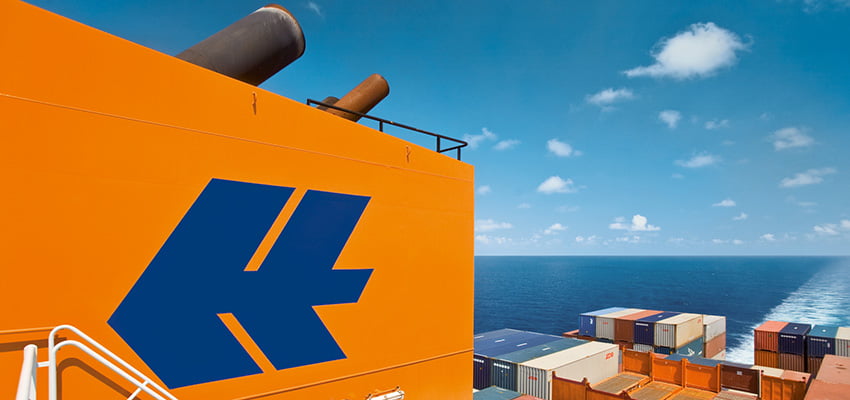HAPAG-Lloyd announced it would retrofit the 15,000-TEU vessel Sajir to use LNG propulsion, paving the way for converting other large ships to run on LNG, which can reduce carbon dioxide emissions by some 15% to 30%.
The contract for the retrofitting was signed at the end of last week with Hudong ZHONGHUA Shipbuilding Group. The conversion is to be carried out in the Shanghai shipyard Huarun Dadong Dockyard.
During its time in the shipyard, the ship’s fuel system and its existing heavy-fuel-oil-burning engine will be converted into a dual-fuel engine.
The plan will be to operate the vessel using LNG, but to also be able to use low-sulphur fuel oil as a backup.
Hapag-Lloyd managing director fleet management Richard von Berlepsch said by converting the Sajir, Hapag-Lloyd would be the first shipping company in the world to retrofit a container ship of this size to LNG propulsion.
“By carrying out this unprecedented pilot, we hope to learn for the future and to pave the way for large ships to be retrofitted to use this alternative fuel,” he said.
Using LNG in the shipping industry could potentially reduce carbon dioxide emissions by 15% to 30% and sulphur dioxide and particulate matter by more than 90%.
The Sajir is one of the 17 vessels in Hapag-Lloyd’s fleet that were originally designed to be LNG-ready. Its 16 sister ships are also technically prepared for retrofitting. With the conversion of the Sajir, Hapag-Lloyd will be implementing a technological option to reduce the environmental impact of large vessels.
According to Alphaliner, Hapag-Lloyd is the fifth-largest container liner with a capacity of 1.66m TEU, or 7.3% of the world’s container-carrying capacity.
Changing IMO rules that come into effect on 1 January 2020 will require ships to burn fuel with a sulphur content of 0.5% or less.

